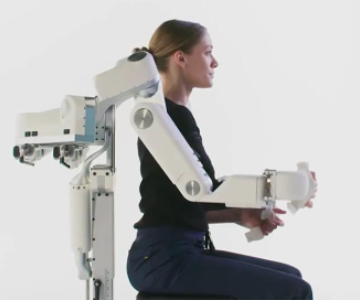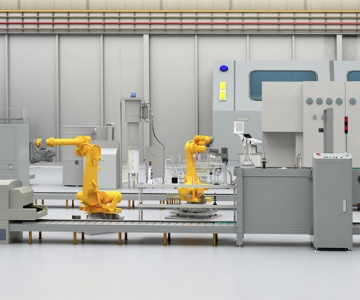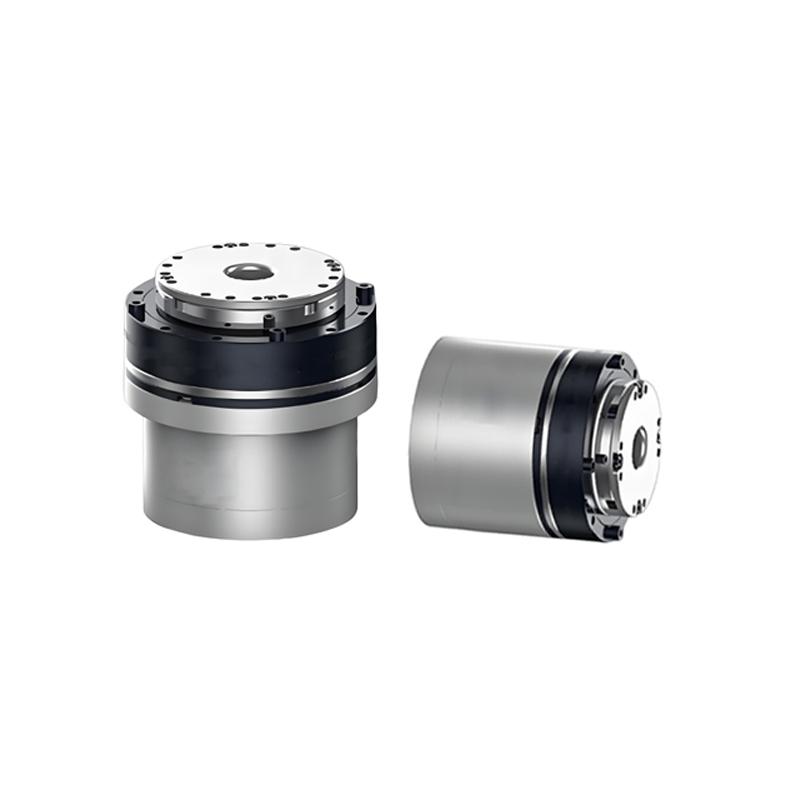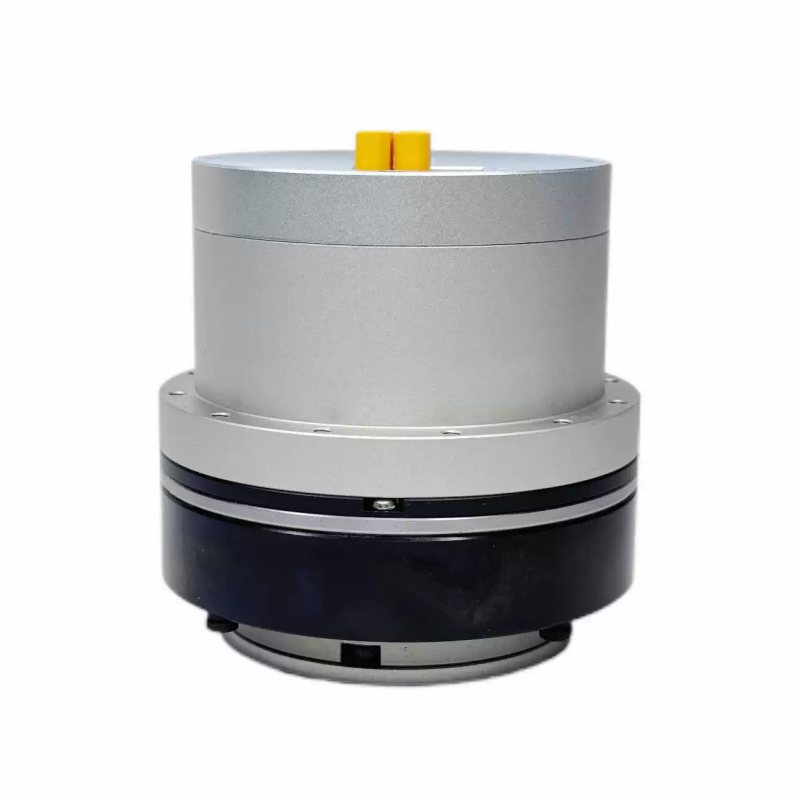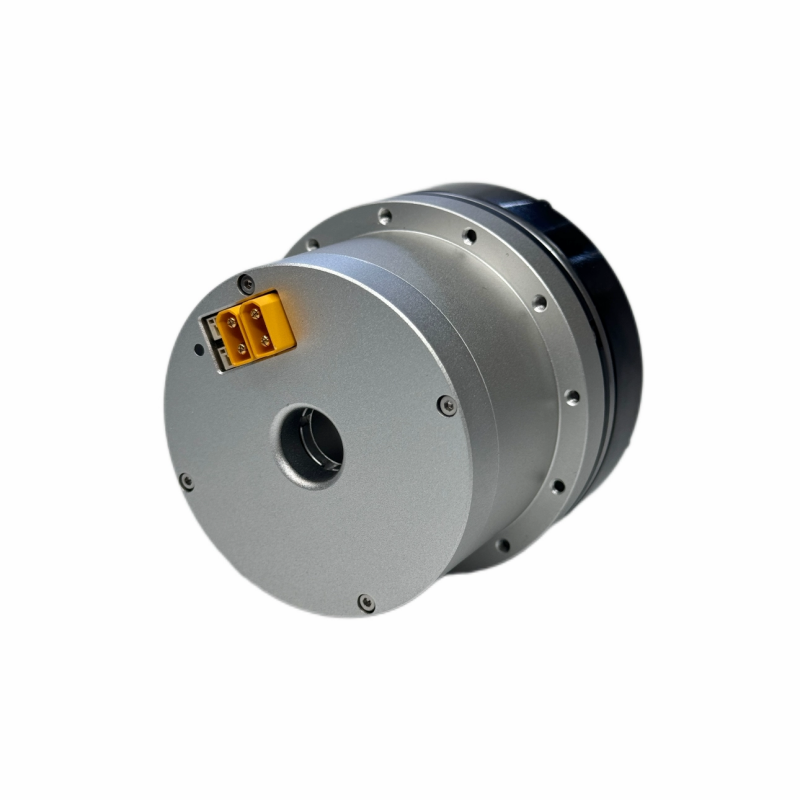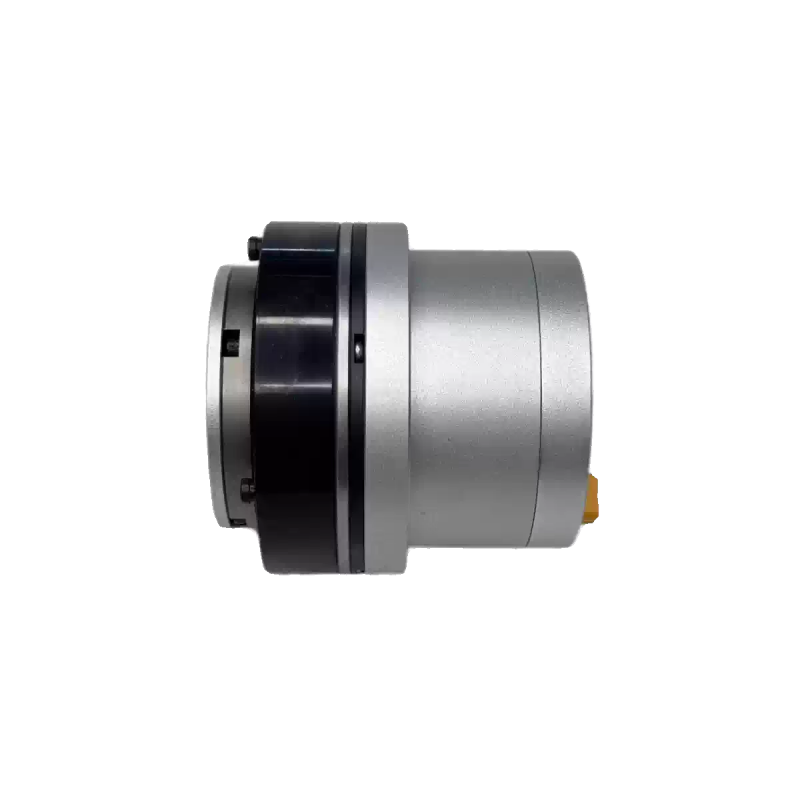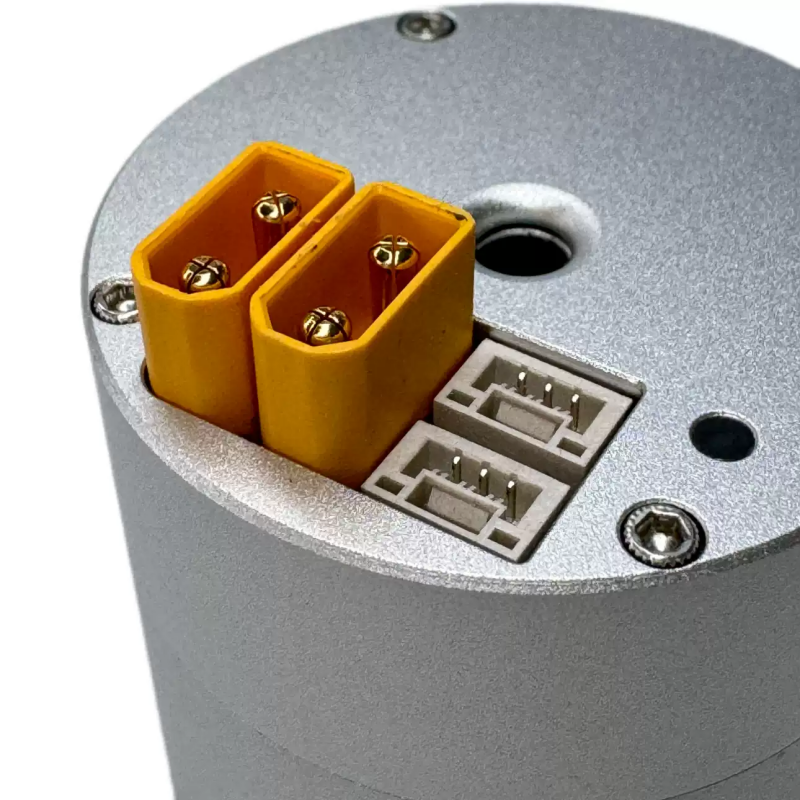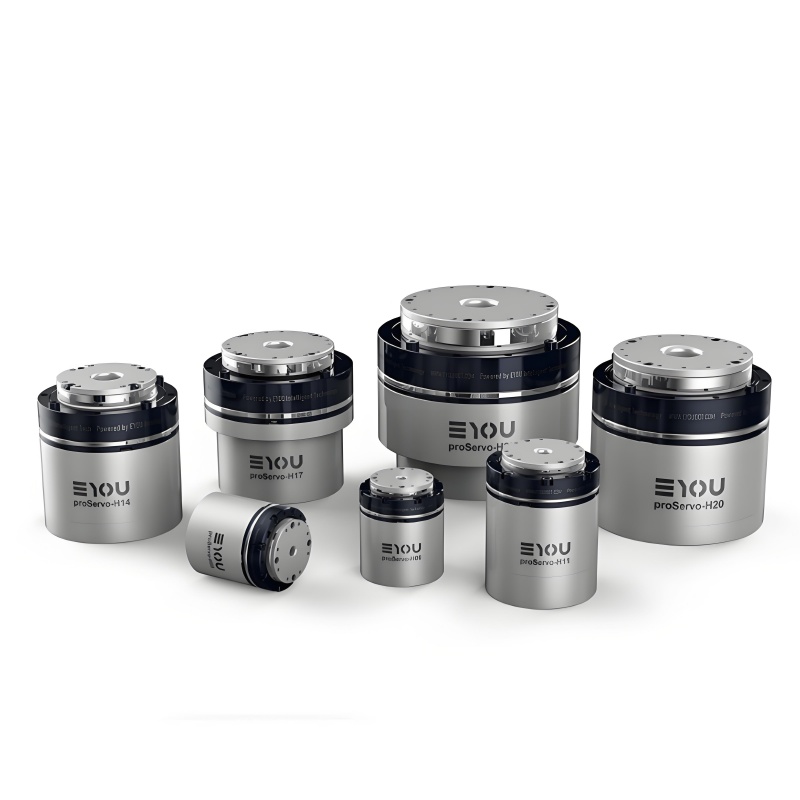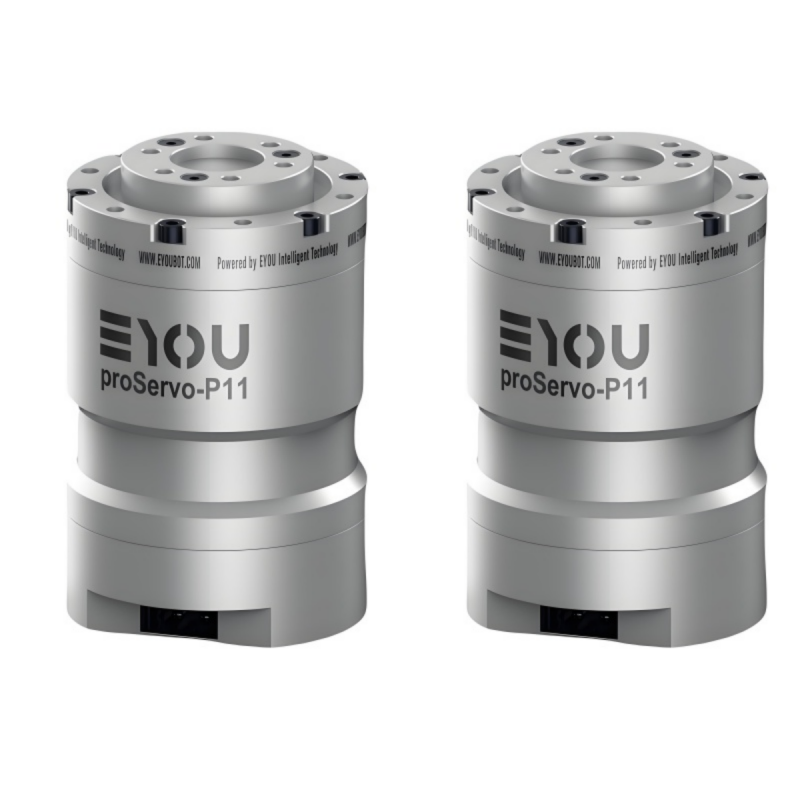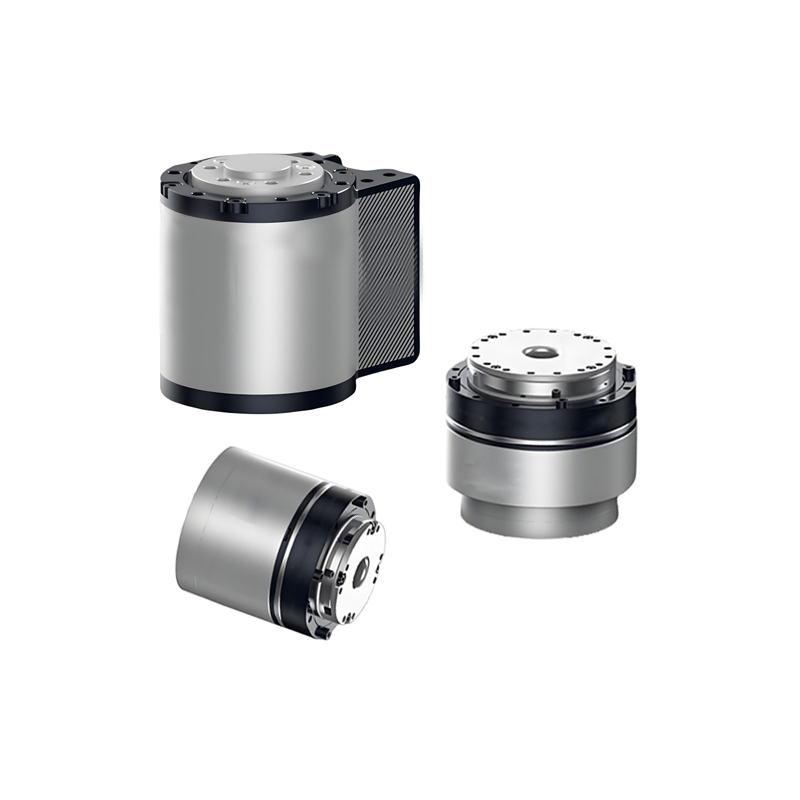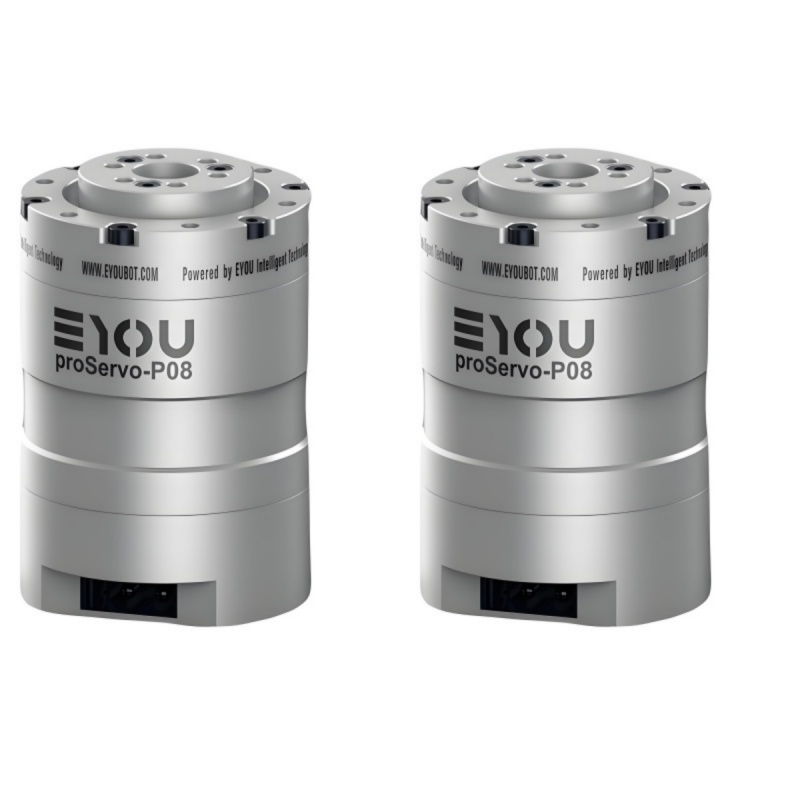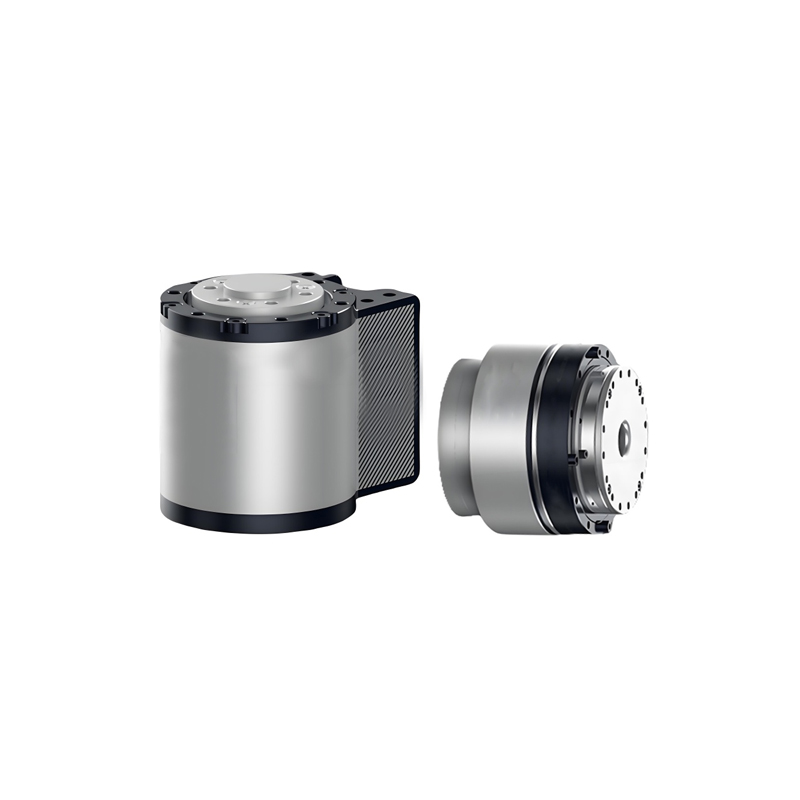Product Description
This series servos highly integrate the three major components of reducer, motor and drive to form an ultra-small integrated servo module. The joints adopt bus design and hollow wiring, which greatly simplifies the system structure. It adopts high-precision double magnetic design and optional brake to meet various harsh working conditions.
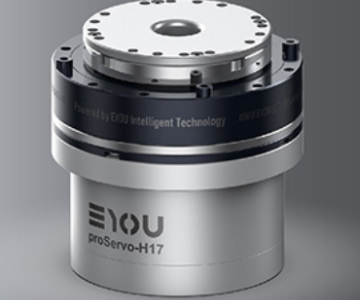
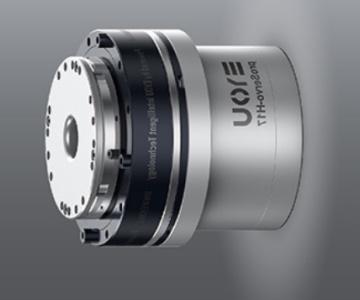
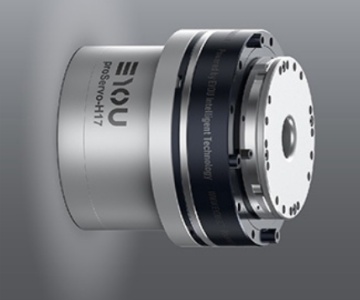
Product parameters
| Model | YG08 | YG11 | YG14 | YG17 | YG20 | YG25 | ||||||
| Motor type | Inner rotor torque motor | |||||||||||
| Diameter | 40mm | 52mm | 70mm | 80mm | 90mm | 110mm | ||||||
| Hollow inner diameter | 4.6mm | 6mm | 10.8mm | 10.8mm | 13mm | 13mm | ||||||
| Weight | 188g | 495g | 1108g | 1350g | 1991g | 3098g | ||||||
| Backlash | 15arcsec | |||||||||||
| Noise | <70db | |||||||||||
| Temperature range | -20~80℃ | |||||||||||
| Operating voltage | 24~36v | 24~48v | ||||||||||
| Rated power | 36w | 120w | 120w | 200w | 250w | 500w | ||||||
| Speed ratio | 51 | 101 | 51 | 101 | 51 | 101 | 51 | 101 | 81 | 121 | 81 | 121 |
| Rated speed | 60rpm | 30rpm | 60rpm | 30rpm | 60rpm | 30rpm | 60rpm | 30rpm | 38rpm | 25rpm | 38rpm | 25rpm |
| Rated torque | 1.0nm | 1.6nm | 6.6nm | 8.6nm | 18nm | 22nm | 30nm | 38nm | 52nm | 78nm | 96nm | 144nm |
| Peak torque | 2.2nm | 3.5nm | 21nm | 24nm | 30nm | 38nm | 52nm | 66nm | 104nm | 156nm | 206nm | 220nm |
| Encoder accuracy | 19bit | |||||||||||
| Encoder type | Double magnetic braid | |||||||||||
Product Display
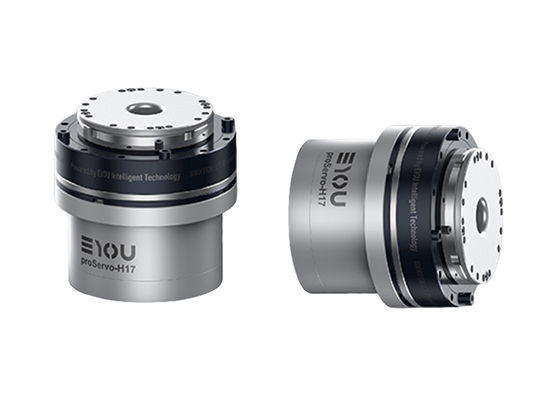
Full hardware FOC drive design 20khz high-speed closed-loop calculation
Ultra-thin power-off brake
High-precision harmonic reducer with low noise and high precision
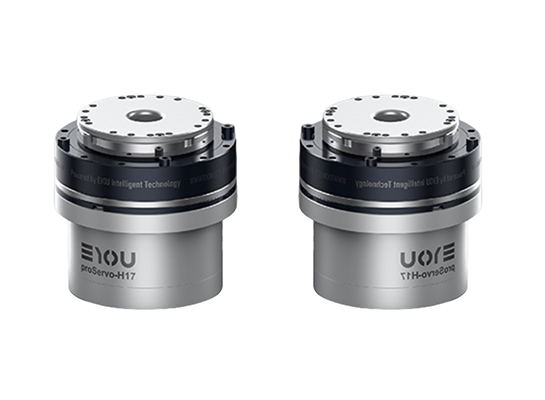
High-precision double magnetic encoder 19bit+19bit
High-density torque motor with low cogging torque
Full series of hollow design with the smallest hollow module outer diameter of 40mm
Size & Interface
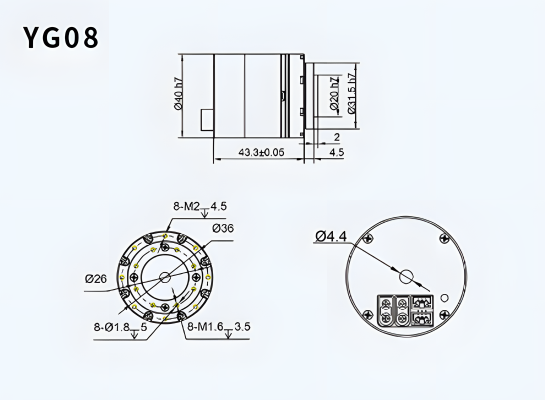
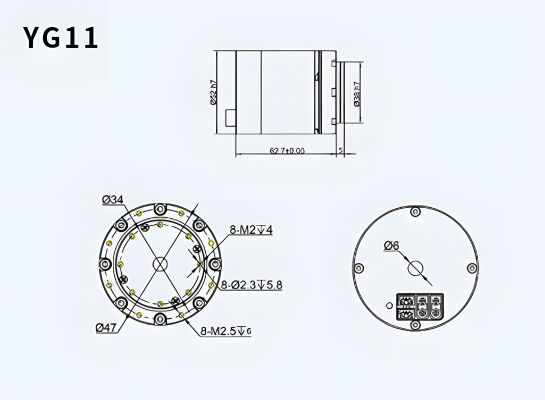
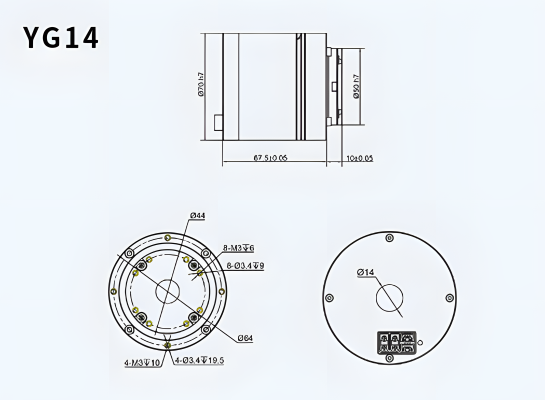
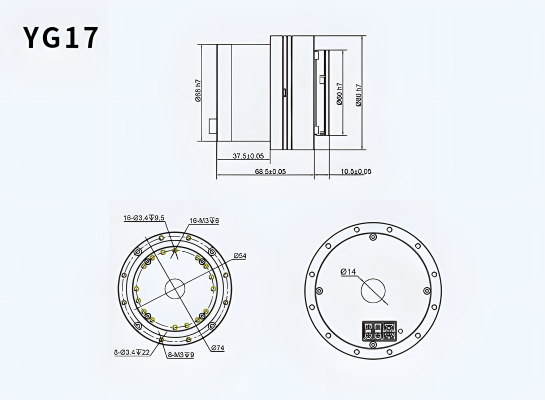
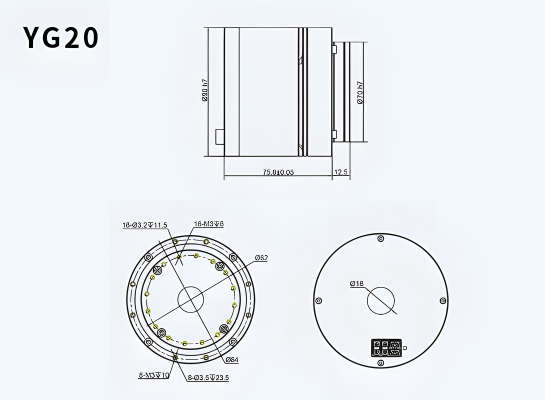
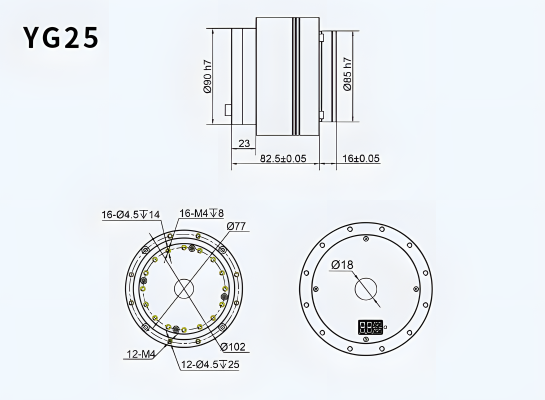
Application Cases
The servo joint module has excellent and stable performance, high cost performance, and has been put into mass production. It is widely used in collaborative robotic arms, medical devices, industrial automation, intelligent manufacturing and other fields. At the same time, it helps humanoid robot partners to land faster and move towards mass production in application scenarios such as industry, commercial services, education, and entertainment.
